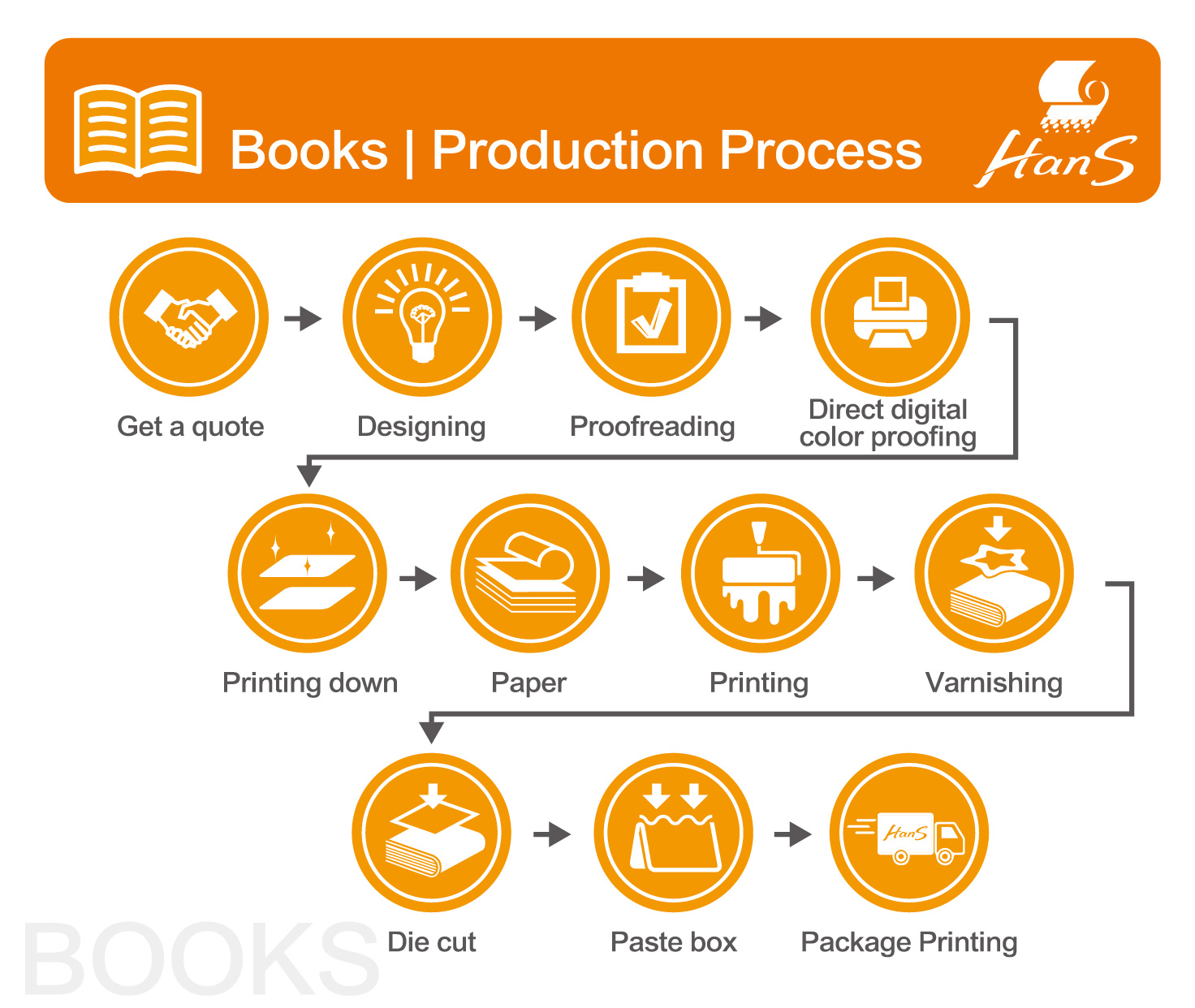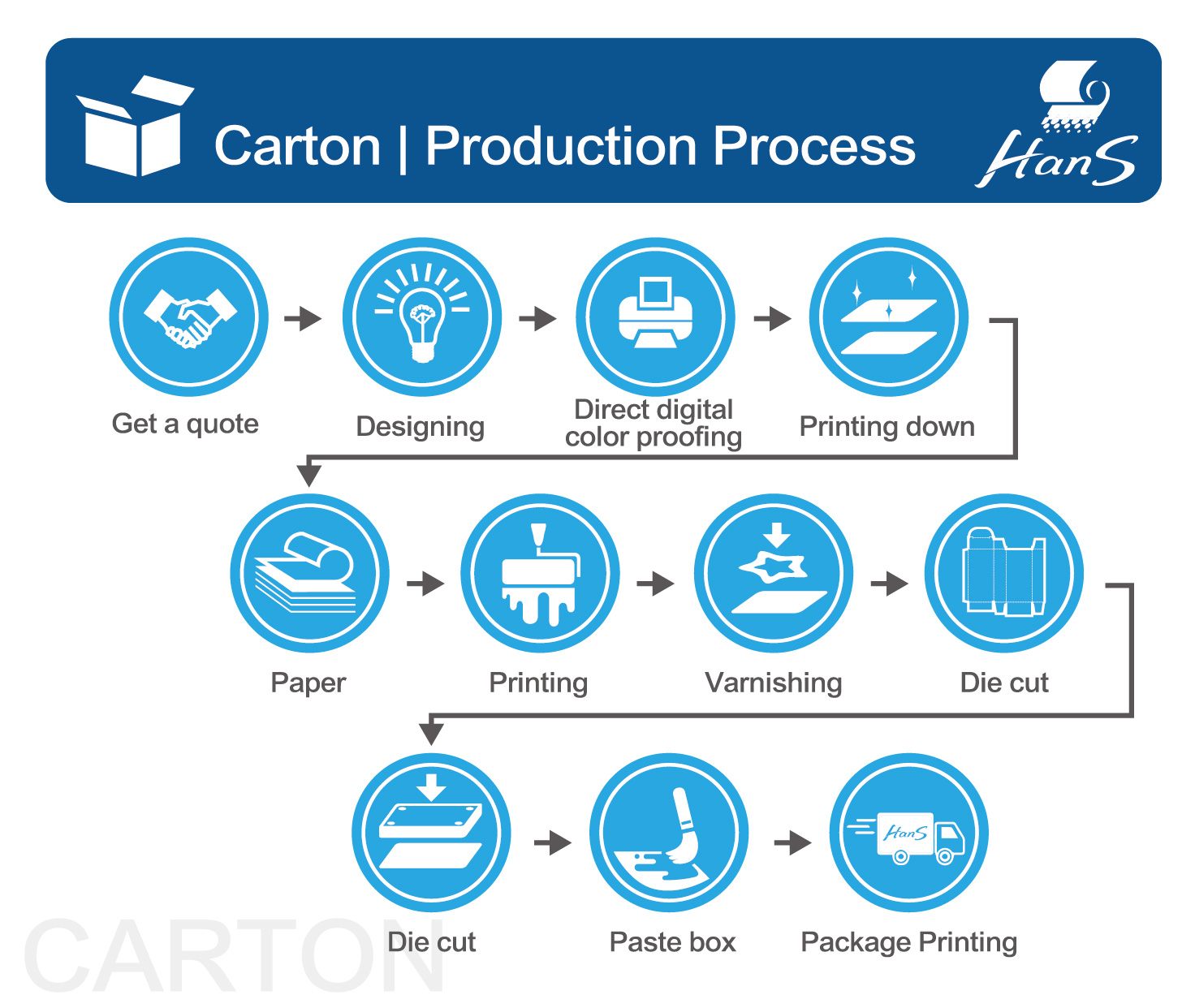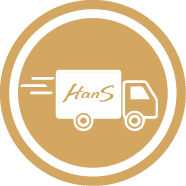Digital Printing Methods of Note
-
sentiment_very_satisfied
Viewers:
- 0
Digital printing is a versatile and efficient printing method that has revolutionized the printing industry.
1. Inkjet PrintingOverview:Inkjet printing uses tiny nozzles to spray droplets of ink directly onto the printing surface. This method is widely used for a variety of applications, from home photo printing to large-scale commercial printing. Key Features:- Versatility: Can print on various surfaces, including paper, canvas, and fabric. - Quality: High-resolution printing, suitable for detailed images and photographs. - Cost: Economical for short print runs and on-demand printing. Applications:- Photo printing - Signage and banners - Custom fabric printing |
2. Laser PrintingOverview:Laser printing uses a laser beam to produce an image on a drum, which is then transferred to paper using toner. This method is known for its speed and efficiency, especially in producing high-quality text documents. Key Features:
- Speed: Fast printing speeds, suitable for high-volume printing. - Quality: Sharp text and graphics, ideal for documents and reports. - Cost: Cost-effective for large print runs. Applications:- Office documents - Brochures and flyers - Labels and stickers |
3. Digital Offset PrintingOverview:Digital offset printing combines the benefits of digital printing and traditional offset printing. It uses digital files to create plates, which then transfer ink to the printing surface. Key Features:- Quality: High-quality prints with sharp details and accurate colors. - Efficiency: Quick setup and turnaround times. - Cost: Cost-effective for medium to large print runs. Applications:- Magazines and books - High-quality brochures - Packaging |
4. Dye-Sublimation PrintingOverview:Dye-sublimation printing uses heat to transfer dye onto materials like fabric, metal, and plastic. This method is particularly popular for printing on textiles and creating personalized items. Key Features:- Durability: Produces prints that are resistant to fading and wear. - Quality: Vivid colors and smooth gradients, ideal for photographic prints. - Versatility: Can print on a wide range of materials. Applications:- Custom apparel - Promotional products - Photo gifts and merchandise |
5. Direct to Garment (DTG) PrintingOverview:DTG printing is a method where a digital printer applies specialized water-based inks directly onto a garment. This process is similar to printing on paper but adapted for textiles. Key Features:- Detail: High-resolution prints with intricate details and a wide color range. - Customization: Ideal for personalized and small batch production. - Eco-Friendly: Uses water-based inks that are environmentally friendly. Applications:- Custom T-shirts - Textile prints - Personalized clothing |
6. UV PrintingOverview:UV printing uses ultraviolet light to cure or dry the ink as it is printed. This method allows for printing on a variety of surfaces, including non-porous materials. Key Features:- Durability: UV-cured inks are highly resistant to scratches and fading. 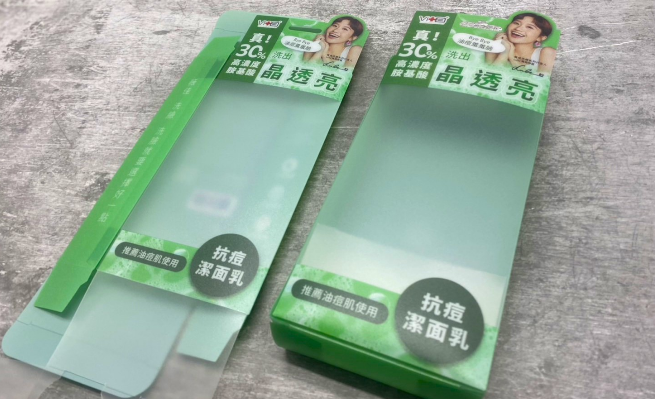
- Quality: Produces vibrant colors and sharp images. - Versatility: Can print on diverse materials like plastic, glass, and metal. Applications:- Signage and displays - Promotional items - Packaging |
|
Digital printing methods offer a wide range of options for various printing needs. Each method has its unique advantages, making it suitable for different applications and budgets. By understanding the key features and applications of each digital printing method, businesses and individuals can choose the best option to meet their specific requirements. |
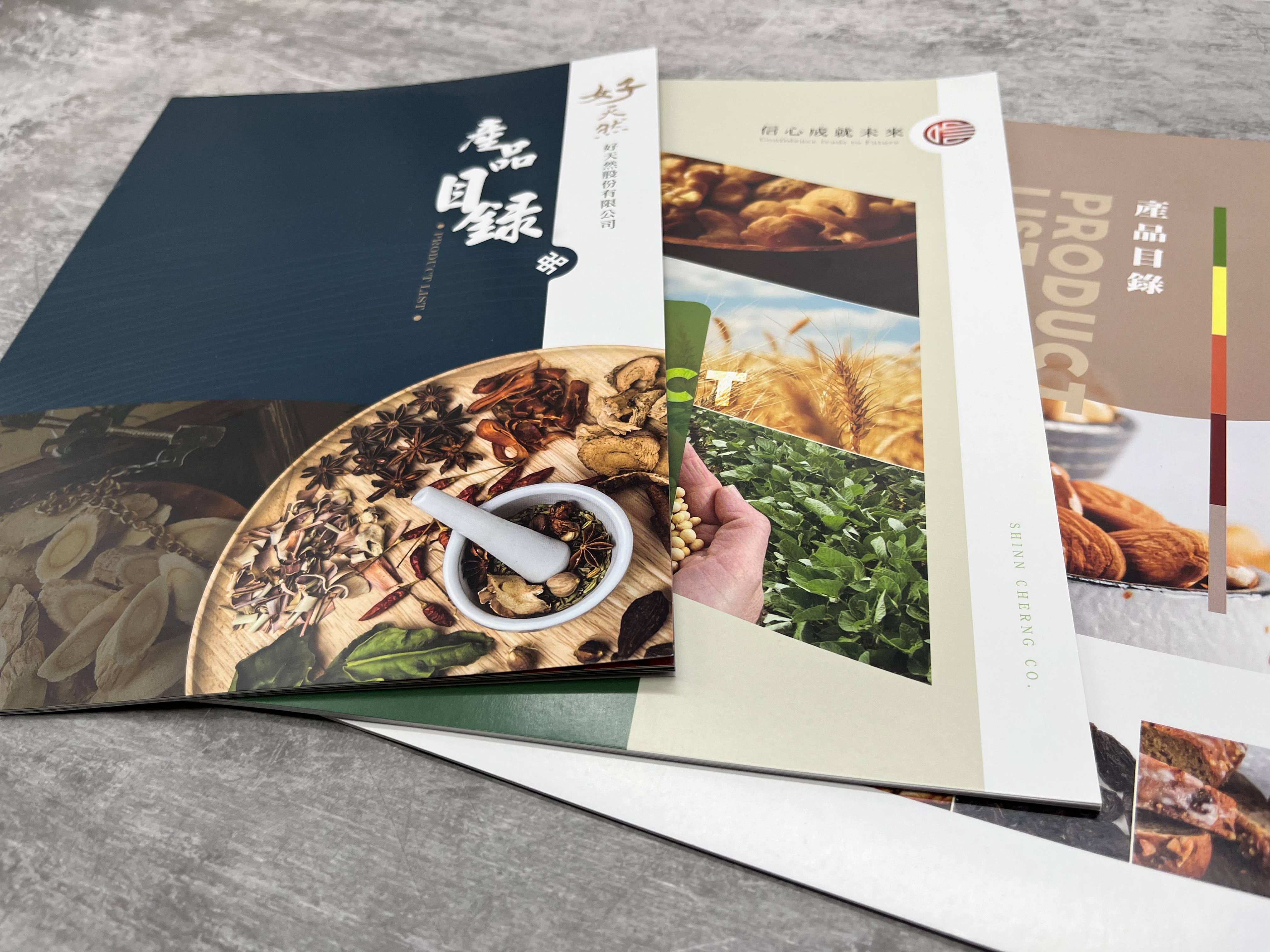 |
 |
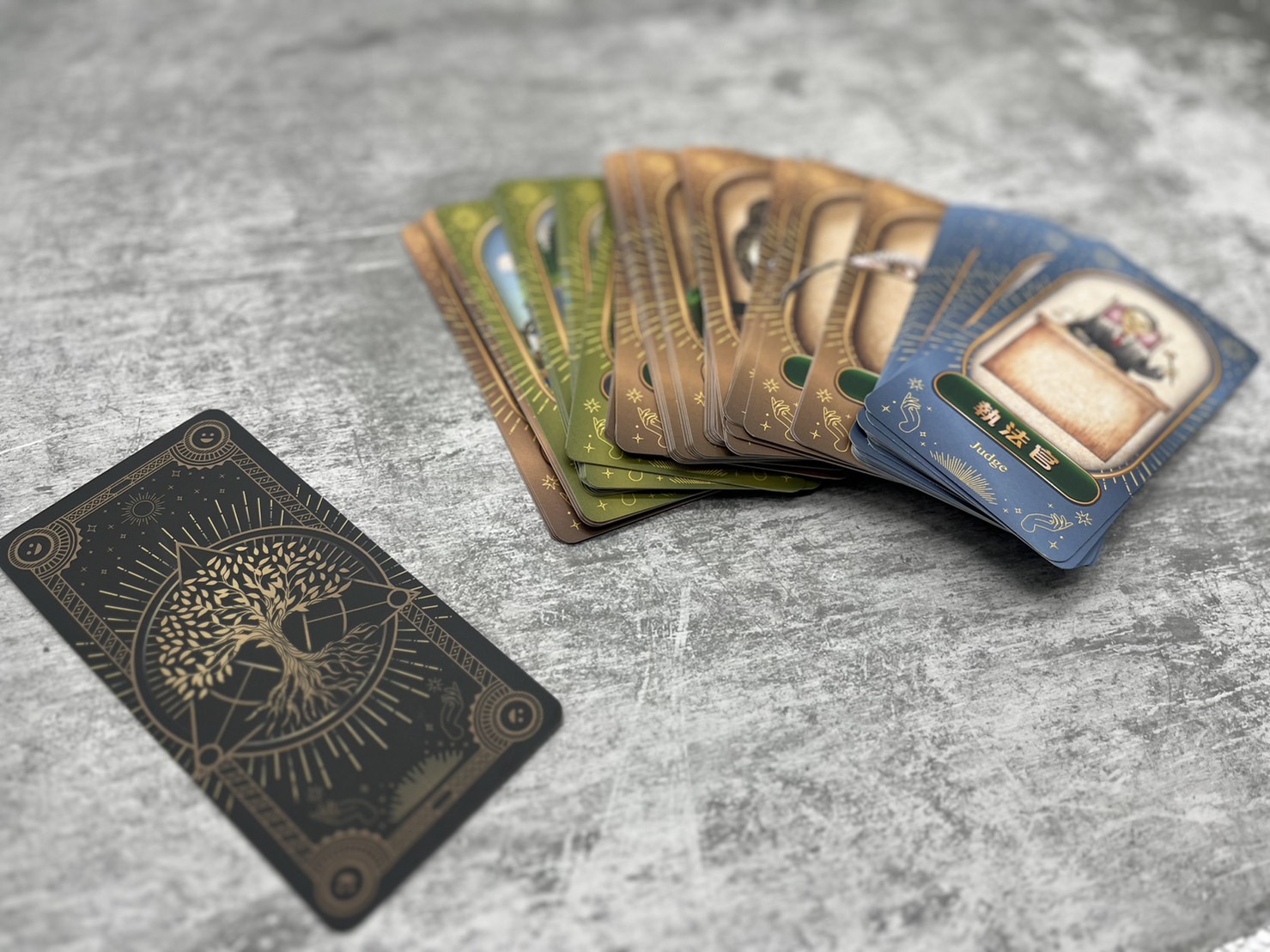 |
From planning and filing to the completion of printed matter, printing must go through many procedures, combined with the professional skills of countless people, such as graphic designers, commercial photographers, copywriters, typewriters, artists, color separation technicians, printing technicians, Public workers, printing technicians, bookbinding, varnishing and various processing technicians, etc., without any one, can not successfully complete the printed matter, so they are all important contributors.
We assist many enterprises and organizations in the integrated planning and production of printed materials, focusing on providing comprehensive printing integration services, helping you think more, do more, and win more under limited time and money.
